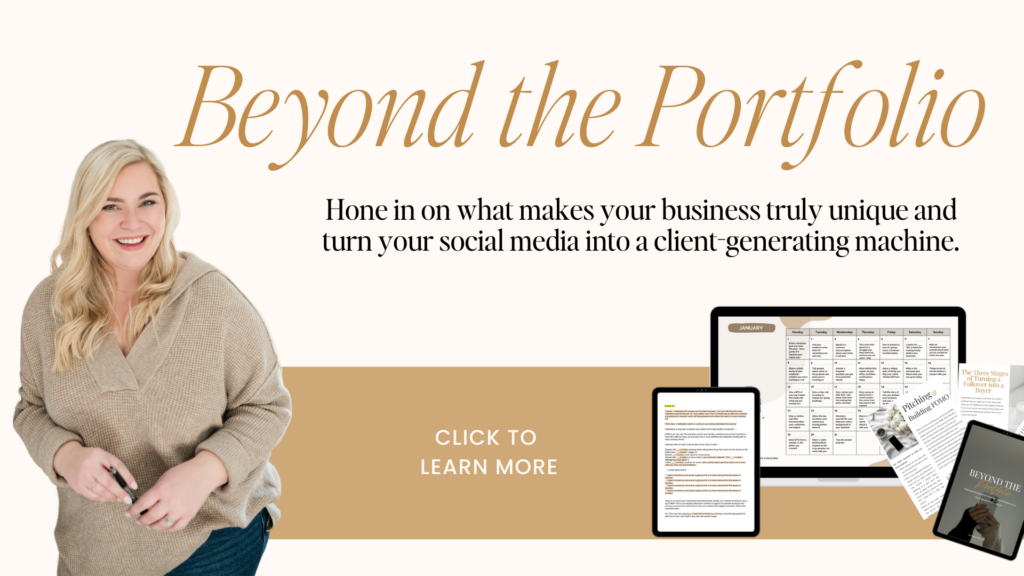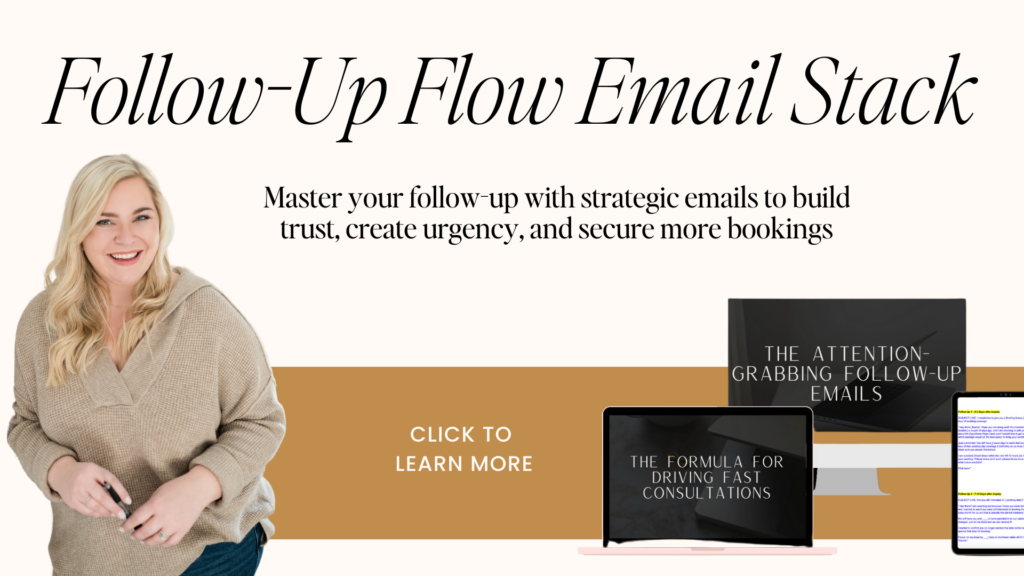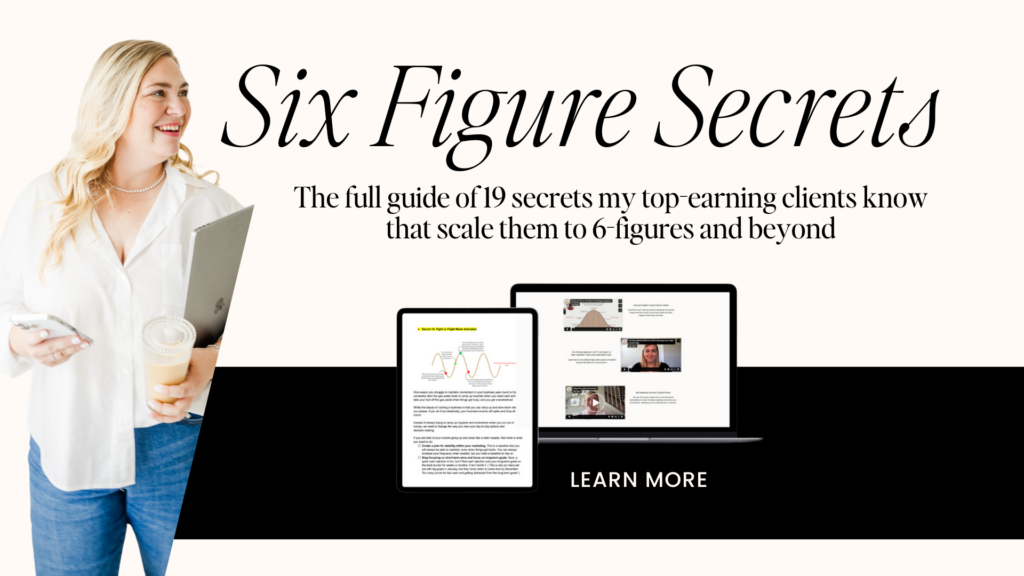
Photography email follow-ups can feel like an uphill battle for photographers. You send an email, cross your fingers, and hope for a response… only to hear crickets.
But I believe you can get smart to make sure your email marketing doesn’t feel like a dead end and instead turns into one of your most powerful tools for converting inquiries into bookings,
It all comes down to one thing: strategy. Let’s break down how to revamp your email process to create momentum, regain your leads’ attention, and close more deals with ease.
What’s Slowing Down Your Booking Process?
Your first email sets the tone for your entire client experience. Unfortunately, many photographers unknowingly sabotage their momentum with these common mistakes:
- Trying too hard to get their attention. This work should already be done on your website. Your first email isn’t the time for gimmicks or over-complication.
- Asking too many questions too soon. Save the detailed conversation for your consultation. Your email should lead naturally to that next step.
- Overloading them with links to portfolios, blogs, and social media. Instead of impressing your lead, you’re overwhelming them and distracting from the key objective: booking a call or consultation.
- Trying to prove you care more than anyone else. Your service structure should demonstrate your value and commitment—not the email itself.
Your emails don’t need to be flashy or packed with information. They need to create clear and strategic forward momentum, leading your leads effortlessly from inquiry to booked client.
Following Up Doesn’t Have to Feel Like a Dead End
Does this sound familiar? You send a follow-up email, but deep down, you’re already convinced you won’t hear back…
Instead of waiting anxiously and hoping for a miracle, your photography email follow-ups need a plan that actually works:
Build a Strategic Follow-Up Plan
- Make your emails stand out. Avoid blending into the sea of “checking in” emails. Your follow-ups should be unique, value-driven, and designed to reignite interest.
- Track your results. Analyze open rates, response times, and conversion rates to refine your approach over time.
- Follow up at key times. Use timing strategically to ensure your leads are ready to take action when you reach out.
- Embed follow-ups into your sales process. When follow-ups are an intentional part of your system, they become second nature and far more effective.
Why This Works
Photographers like Aly, who implemented these strategies four years ago, are proof of how powerful a strong follow-up process can be.
Her leads now respond better than ever because:
- She doesn’t wing it. Every email is intentional.
- She avoids basic “checking in” language and instead creates value.
- She doesn’t assume price objections mean the door is closed. Instead, she focuses on creating momentum.
Your New Email Strategy: The Follow-Up Flow Email Stack
Your first email should be as strategic as your marketing plan or pricing strategy. It’s not about proving your worth or trying to be liked. It’s about:
- Creating momentum. Guide your leads through a natural, value-driven process.
- Simplifying your process. Once your follow-up flow is in place, you can use it repeatedly.
- Maximizing results. With the right follow-up strategy, every email becomes a stepping stone to success.
Inside the Follow-Up Flow Email Stack, you’ll learn how to:
- Craft emails that drive action without overwhelming leads.
- Structure follow-ups that feel natural and aligned with your sales process.
- Build a system that consistently converts inquiries into bookings.
Ready to Transform Your Follow-Up Game?
Don’t let another inquiry slip through the cracks. Start building a follow-up strategy that works—just like Aly did. With the right plan, you’ll stop waiting anxiously for replies and start confidently booking more clients.
If you want more information on my signature Follow-Up Flow Email Strategy, click here to take your emails from dead ends to booked clients.


